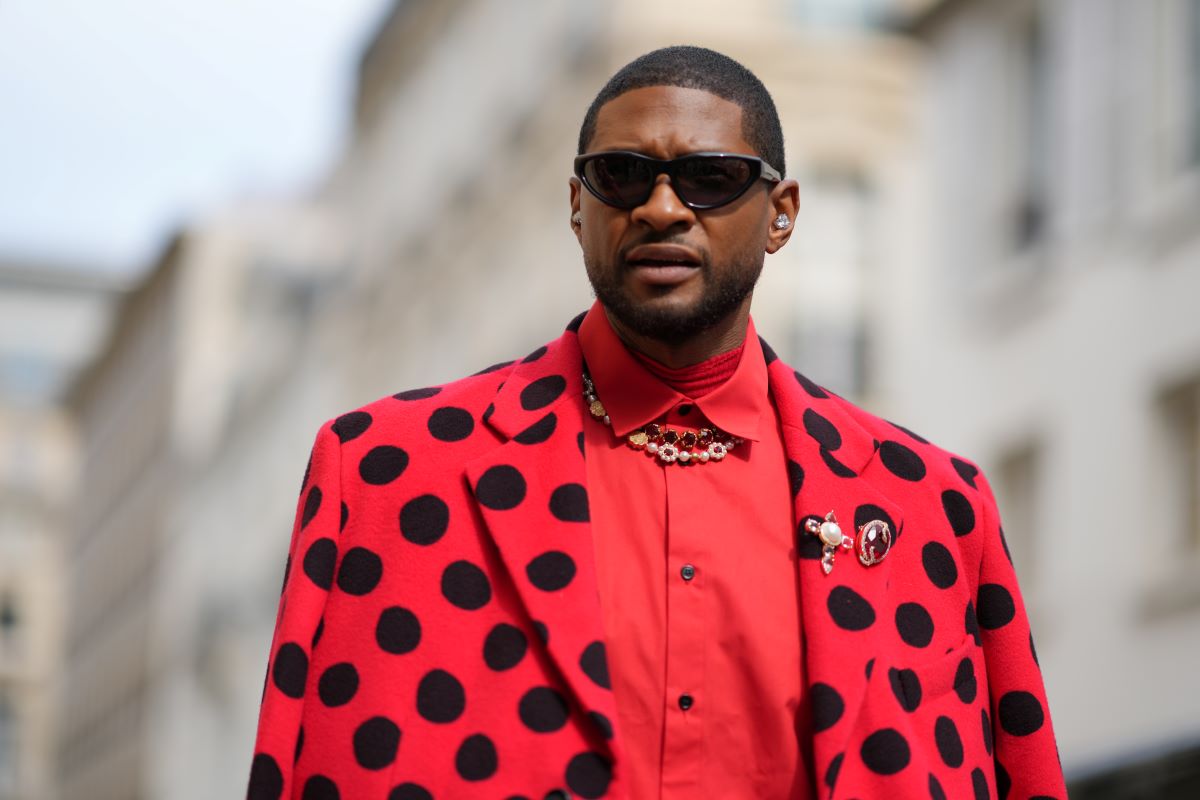Vogue Continues To Fail When It Comes to Bringing Black Men to Its Covers

Saying Vogue, its parent company Condé Nast, or its editor-in-chief, Anna Wintour, have an issue with race would be like saying “water is wet.” However, that doesn’t mean it’s not worth pointing out that yet again the influential magazine finds itself incapable of treating POC, in this case Black men, with respect.
The fashion magazine is known for highlighting women and women’s fashion on the covers. Before the upcoming issue, Vogue has only ever featured 10 men on the cover. All, but one—Harry Styles in 2020—included an ensemble or pair shoot. Of those, three were Black men until this month. (This is specifically talking about the original American Vogue, not its various special/international editions, or spin-offs like Men’s Vogue. So yeah, that Rihanna family portrait with her partner A$AP Rocky and their child doesn’t count because that was British Vogue.)
This continues to frustrate readers of all genders, especially since that Harry Styles cover appeared to single a new editorial approach. However, not only did the brakes halt, but Vogue continued to frame Black men in an unoriginal and disrespectful light.
Vogue’s history of Black men on the cover
In 2008, the first Black man featured on the cover was LeBron James alongside supermodel Gisele Bündchen. The issue’s theme of “body” justified the pairing of a top athelete and star model. However, audiences rightfully criticized the similarities of the cover—photographed by Annie Lebowitz (the same person behind awful photos of Simone Biles)—to an infamous WW2 poster depicting a German soldier as an ape kidnapping a white woman. The poster uses the imagery of King Kong holding Fay Ray to dehumanize Germans. It was effective as propaganda because it tapped into the allegory for racist white fears of Black and Native people. So not only a late start on representation by Vogue, but an awful one. (The magazine would still fail to have a Black photographer shoot the cover for another 10 years.)
Six years later, the magazine caught heat again after bringing on its second Black man in the then-married couple Kanye and Kim Kardashian-West. In 2014, it was actually Kardashian who got a lot of heat for this cover. People felt she was undeserving and too “trashy” for the editorial. (Although it was Kardashian that got West the high fashion connections.) While unfair to her, it did mark a burgeoning pattern by Vogue of putting a fair-skinned white or white-appearing woman next to a Black man as the standard for a Vogue shoot. Two years later, this pattern became a rule as Gigi Hadid stood on the cover with athlete Ashton Eaton.
In 2022, Condé Nast sued 21 Savage and Drake alleging trademark misuse after the rappers created a fake Vogue cover featuring themselves to market a (bad) album. This meant for 132 years of the publication’s history, the magazine was almost tied in the number of Black men on the cover versus the number of Black men it sued for pretending to be on the cover.
Usher’s Vogue shoot
Now nearly eight years later, Usher has graced the cover and Vogue‘s foolishness continued. The magazine decided to pair him up with a junior football team and white supermodel Carolyn Murphy. If you looked at this image and thought “Are they together?” you wouldn’t be alone. Yes, two people can appear in a cover shoot without being romantically involved. However, that framing has them presented equally in the background, surrounded by a group of kids. It’s easier to see his name at the bottom of the frame than the lead act himself. Usher is placed in the third row of a group shot for his own feature.
While it’s definitely irksome that Usher wasn’t given his own cover in an issue highlighting his moment, the decision to feature kids is at least somewhat understandable. For one, the article, titled “Usher: Gentleman, Comeback King, Super Bowl MVP,” centers on Usher in the context of his upcoming Super Bowl performance and his recently ended Las Vegas residency. (A residency that sold out twice.) The children are part of the local team in Las Vegas, the Jr Gaels 6U. That’s adorable and connected to the feature.
Murphy though? Not so much. Beyond image captions highlighting what she’s wearing, the feature article doesn’t acknowledge Murphy’s presence until about the halfway mark of the article—and even that is to describe a scene from the photo shoot, not to explain her presence in any way.
Between the highlights of his talent and legacy, cover story writer Alezzandra Cohinha describes Usher’s suave personality in great detail. Therefore having a woman (if not multiple women) alongside him in the photos interspersed in the article arguably makes some narrative sense. But on the cover—especially when her prominent placement aids in obscuring Usher—not so much. It would almost be disappointing that the supposed fashion-forward and approachable legacy magazine dropped the ball if it wasn’t par for the course.
(via Vogue, featured image: Edward Berthelot/Getty Images)
Have a tip we should know? [email protected]
